DIY Pond Building Tips for Beginners
Build your dream pond with our easy-to-follow DIY tips. Perfect for beginners, start your project today and create a stunning aquatic feature!
Building a pond in your garden can be a fun and rewarding project, but it can also be challenging, especially for beginners. If you’re considering building a pond yourself, there are several things to keep in mind to ensure a successful project. In this blog post, we will provide some DIY pond building tips for beginners.
Plan Ahead
Before starting your pond building project, it’s important to plan ahead. Consider the size and location of your pond, the type of liner you will use, and the equipment and materials you will need. A well-planned project will save you time and money in the long run and will increase the likelihood of a successful outcome.
Choose the Right Location
Choosing the right location for your pond is crucial. You want to select an area that is level and receives adequate sunlight. Avoid placing your pond near trees or shrubs that can drop leaves or other debris into the water, which can cause poor water quality and maintenance issues. You also want to consider accessibility to a power source for any necessary equipment.
Select the Right Liner
Selecting the right liner for your pond is important for its longevity and durability. There are several options available, including rubber, PVC, and EPDM. EPDM is a popular choice for its durability and flexibility, but it can be more expensive than other options. Do your research and choose a liner that is appropriate for the size and shape of your pond.
Install Adequate Filtration
Installing adequate filtration is important for maintaining good water quality in your pond. You will need a filter system that can handle the volume of water in your pond and the number of fish you plan to keep. A UV clarifier can also help control algae growth and improve water clarity.
Add Plants and Fish
Adding plants and fish to your pond is the fun part! Plants provide oxygen and natural filtration, while fish add color and personality to your pond. Choose plants and fish that are appropriate for the size and depth of your pond, and make sure to introduce them gradually to avoid any shock.
Regular Maintenance
Regular maintenance is important to keep your pond healthy and beautiful. This includes regular water testing, debris removal, and equipment cleaning. A maintenance schedule will depend on the size and complexity of your pond, but a general rule is to perform a partial water change every month and a full water change once or twice a year.
In conclusion, building a pond yourself can be a rewarding experience if you plan ahead, choose the right location and liner, install adequate filtration, add plants and fish, and perform regular maintenance. With a little bit of effort, you can create a beautiful and thriving aquatic environment in your garden that will provide enjoyment for years to come.
-

How Long Do Clownfish Live | A Complete Guide
-


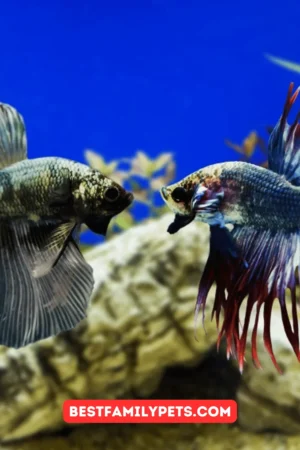
What Species Would Be the Best Betta Tank Mates?
-


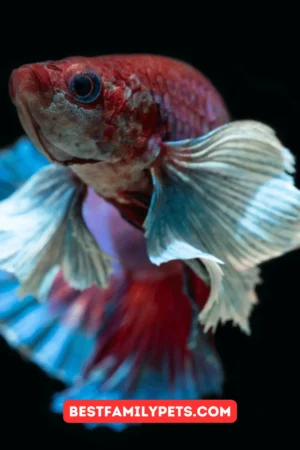
Discover the Unique Charm of Plakat Betta Fish: A Comprehensive Care Guide
-


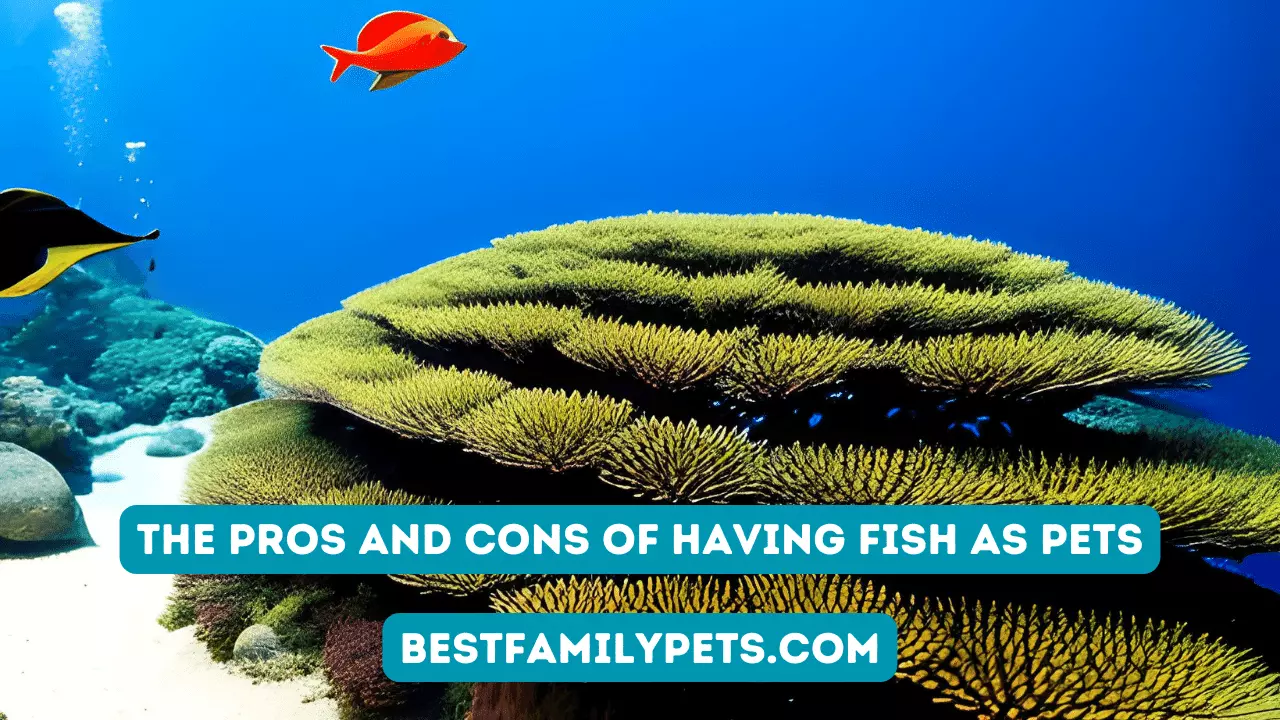
The Pros and Cons of Having Fish as Pets
-


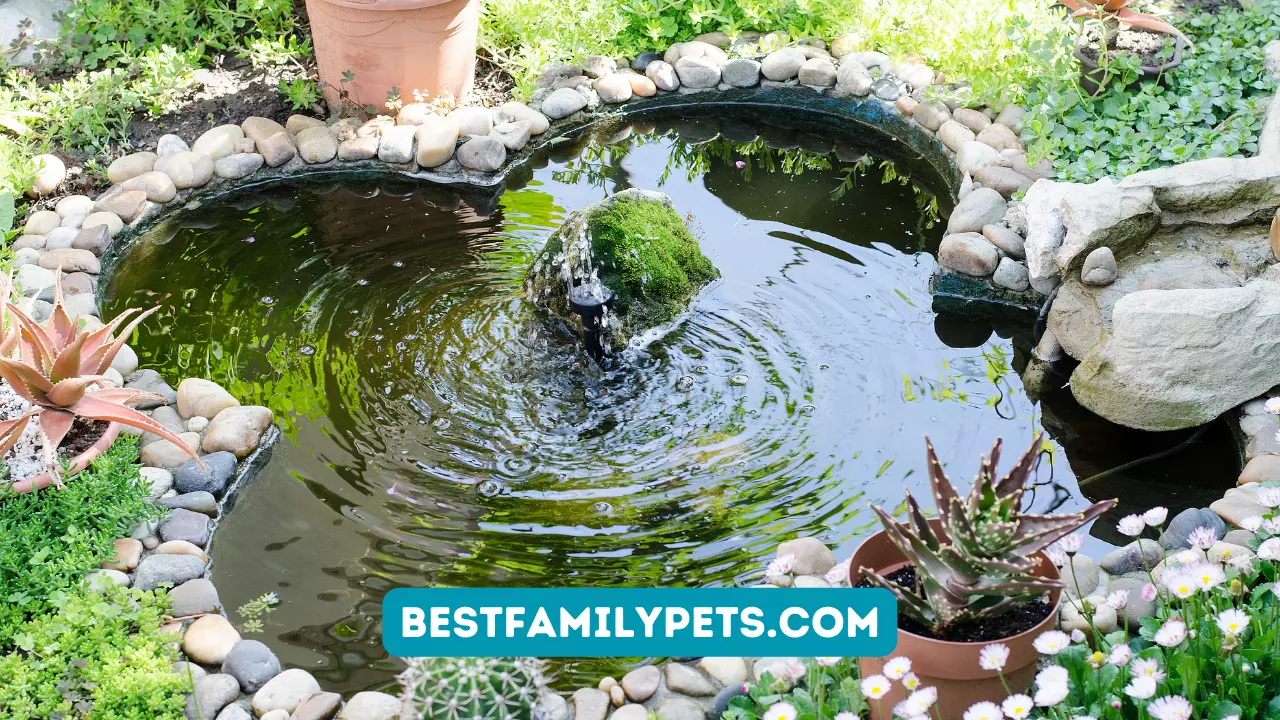
Keeping Fish in Your Garden, the Top Tips
-



The Role of Aquatic Plants in Your Garden Pond Ecosystem
-


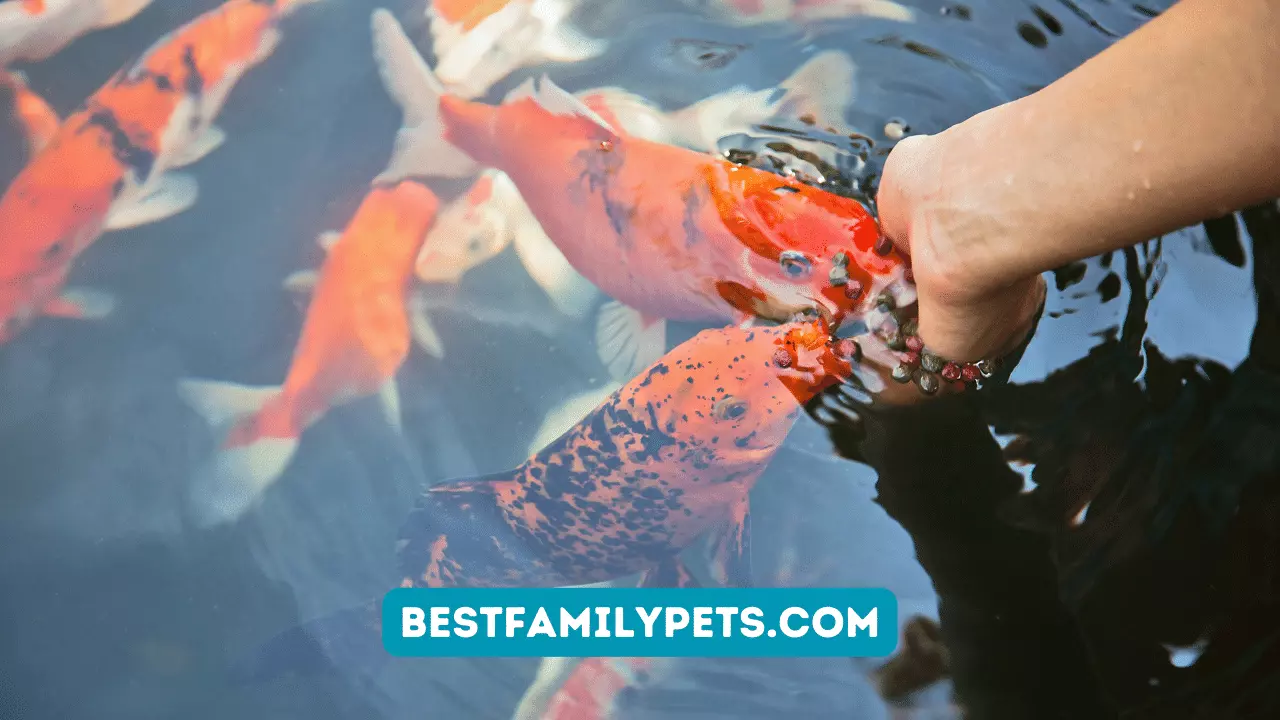
Common Problems to Avoid When Keeping Fish in Your Garden
-


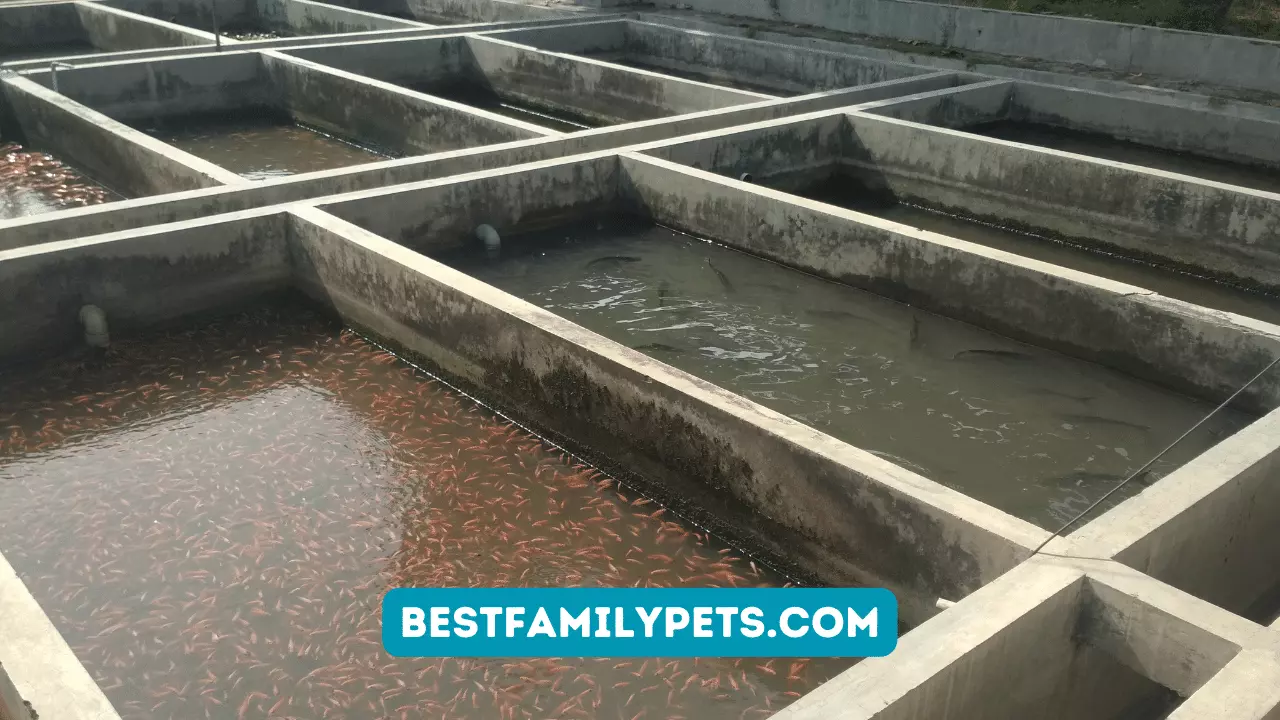
DIY Pond Building Tips for Beginners
-


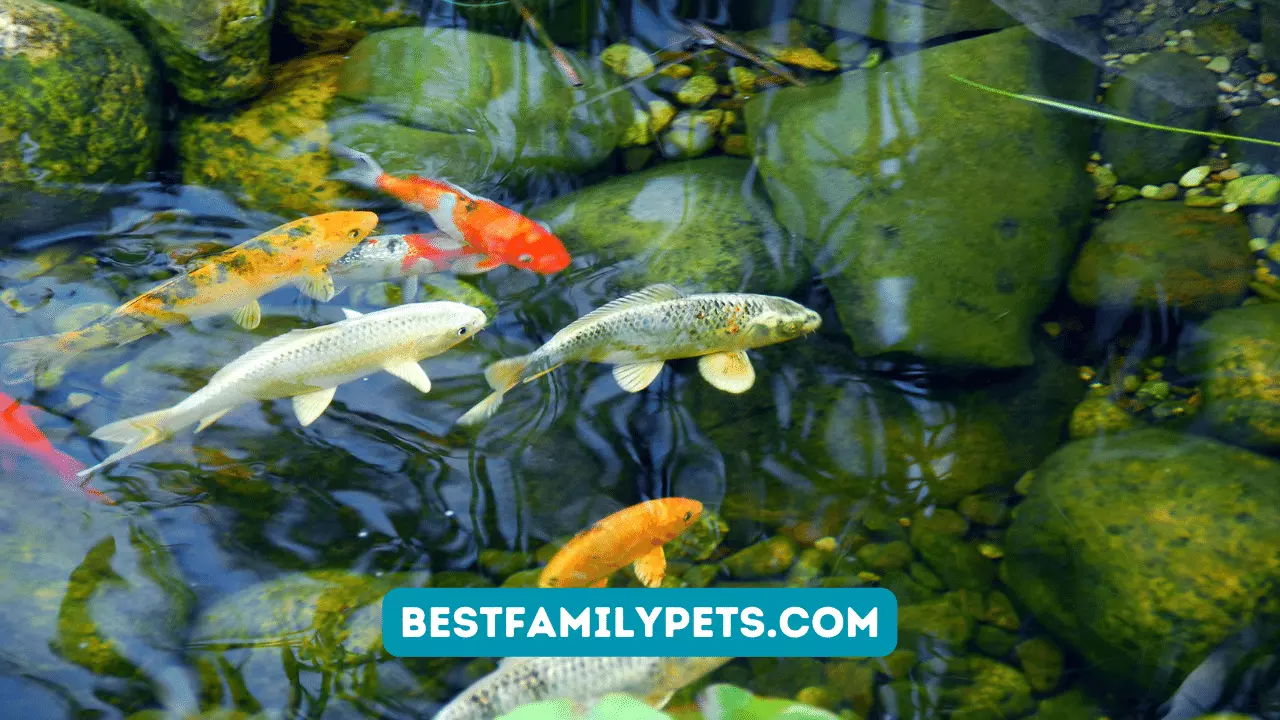
Choosing the Right Fish for Your Garden Pond
-


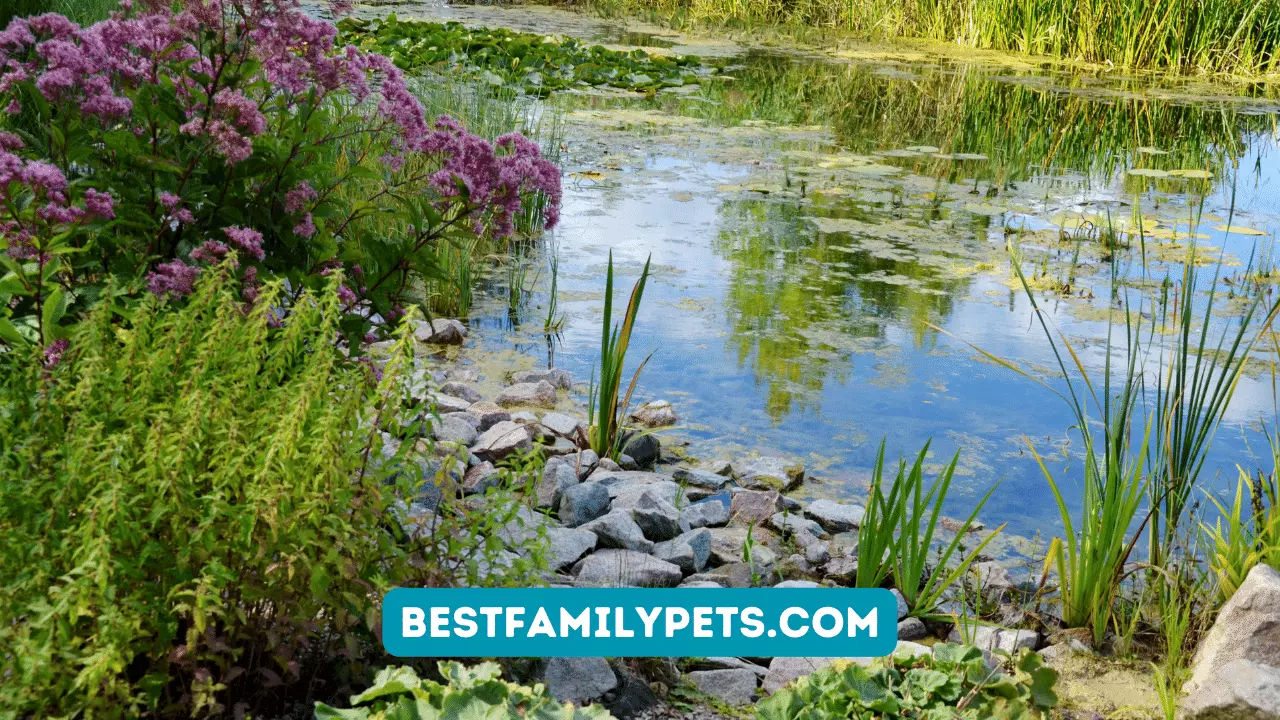
The Benefits of Having a Pond in Your Garden
-


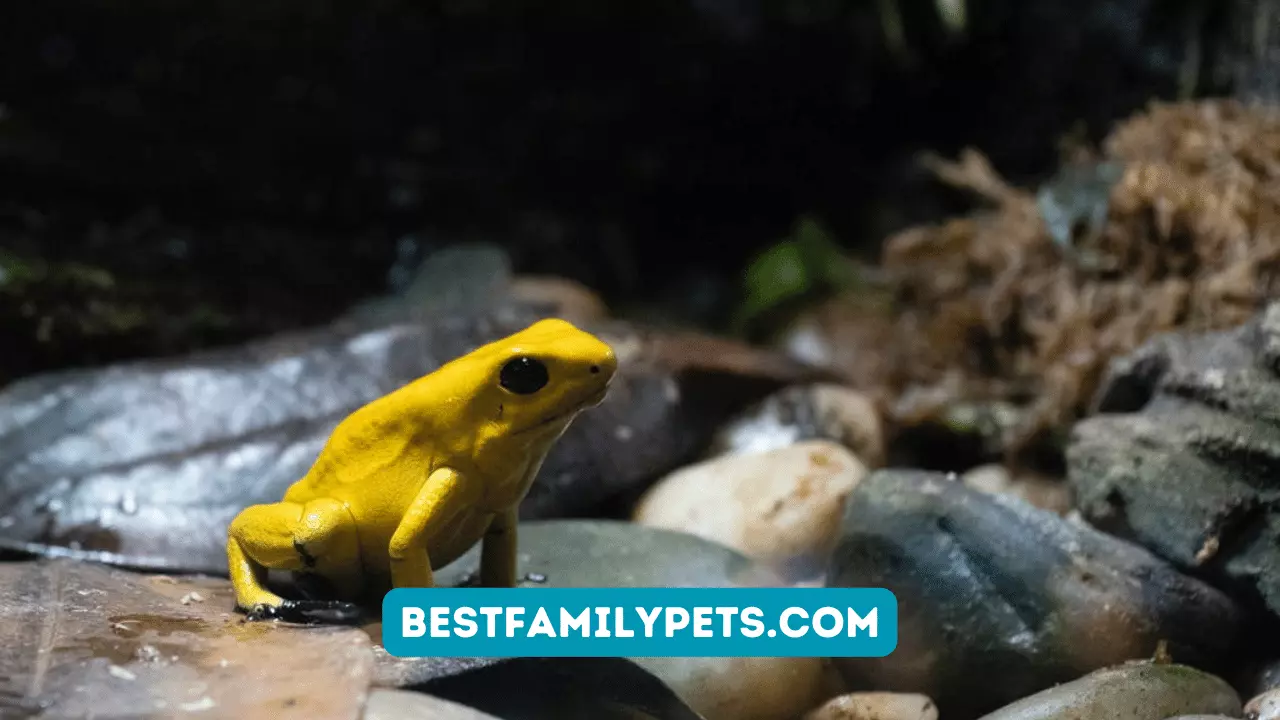
Dwarf Frogs in the Aquarium
-


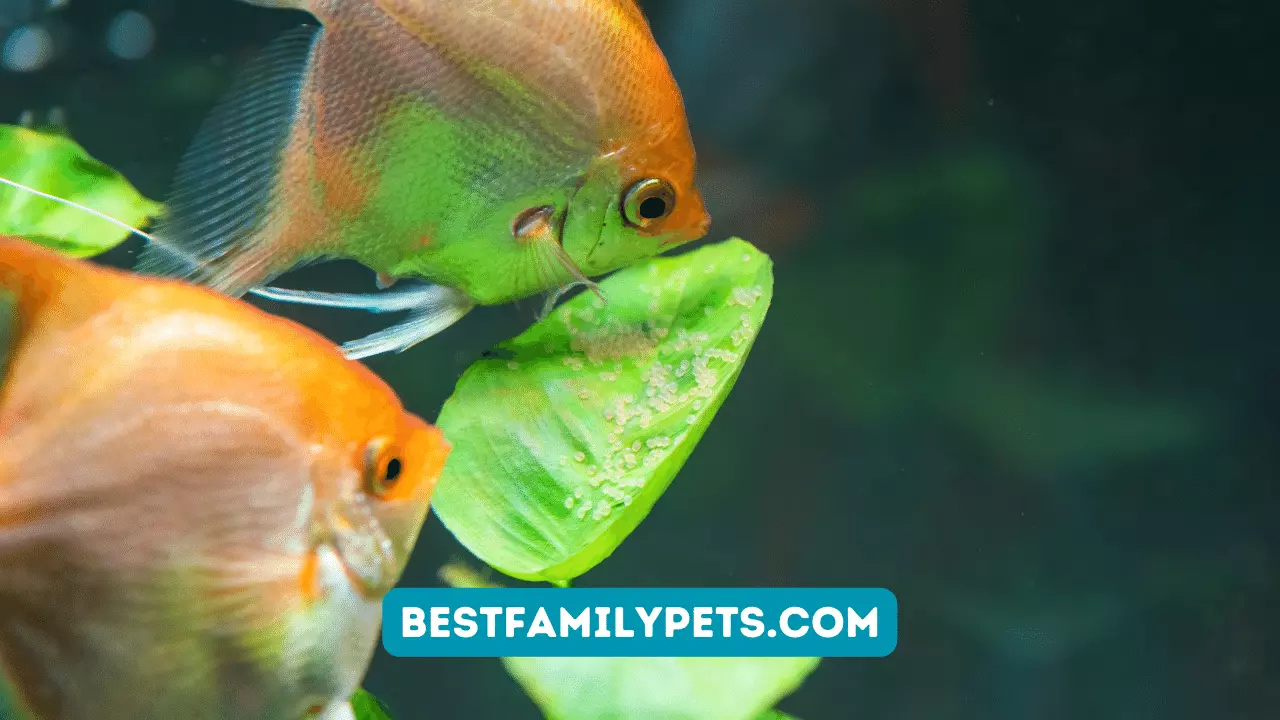
What Should You Know Before Keeping Fish?


